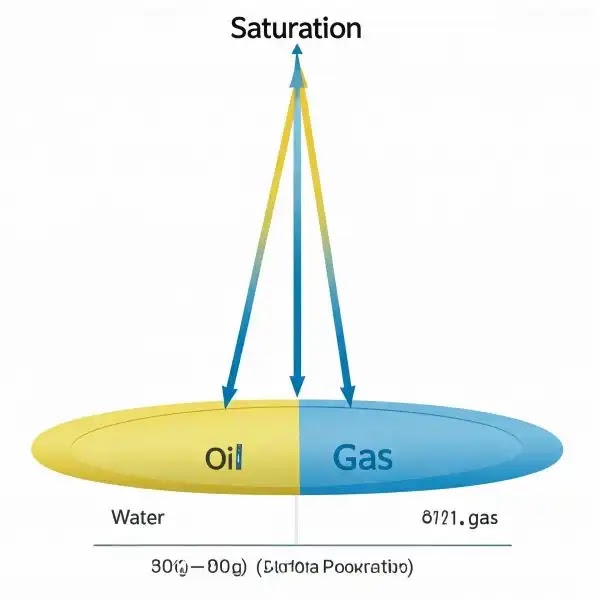What is Saturation in Petroleum Reservoir Rocks? download the lecture

Saturation in Reservoir Rocks: A Comprehensive Guide Saturation in Reservoir Rocks: A Comprehensive Guide Introduction Saturation, a fundamental concept in petroleum engineering, refers to the proportion of pore space in a reservoir rock occupied by a specific fluid, such as oil, water, or gas. Understanding saturation is crucial for accurate reservoir characterization, production forecasting, and efficient field development. Types of Saturation Water Saturation (Sw): The fraction of pore space filled with water. Oil Saturation (So): The fraction of pore space filled with oil. Gas Saturation (Sg): The fraction of pore space filled with gas. Factors Affecting Saturation Several factors influence saturation in reservoir rocks: Porosity : The amount of pore space in a rock. Permeability : The ability of a rock to transmit fluids. Capillary Pressure : The pressure difference across the interface between two immiscible fluids in a porous medium. Wettability : The preference of a rock sur...










